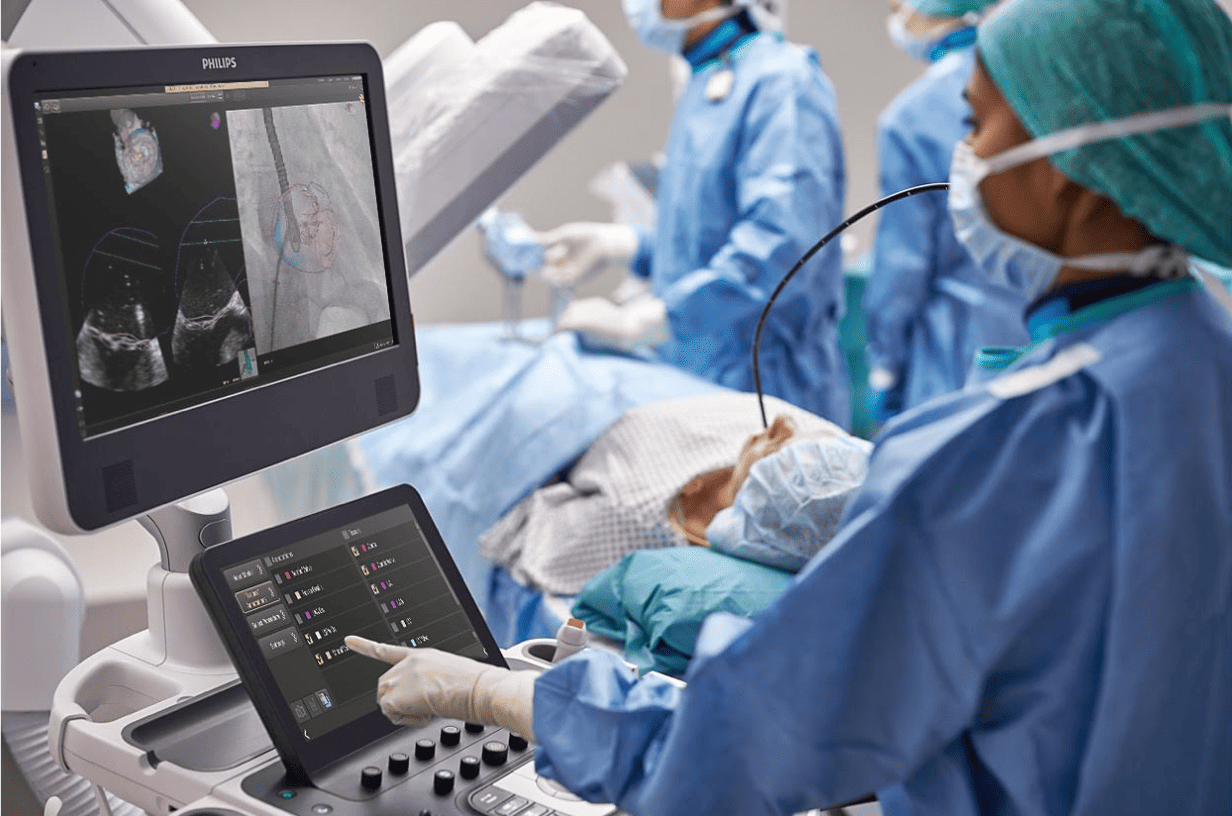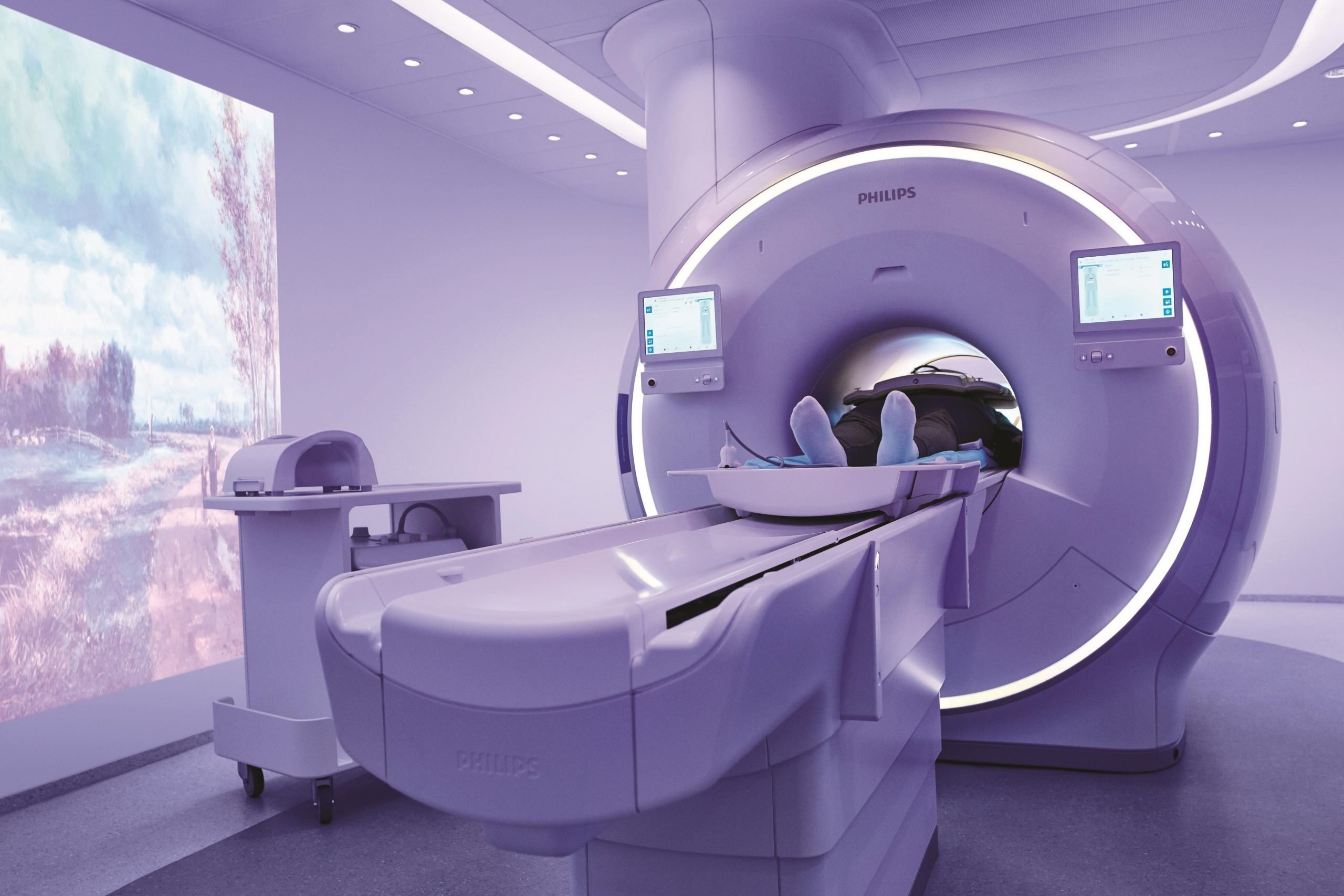
“Staff shortages in healthcare are only increasing the workload among radiologists, cardiologists, nurses, and other healthcare providers. Costs are rising, people are getting older, and more chronic care is needed,” said Bert van Meurs, director of image-guided procedures and precision diagnostics at Philips, during a meeting at its headquarters in Amsterdam last Friday. “Human-centered innovation is a force that can be deployed to relieve the burden of care. Technology must become subservient in this.”
- Philips wants to take the burden off healthcare through human-centered innovation with technology.
- Key steps include collaboration among competitors and smart deployment of data using artificial intelligence.
Competitors must cooperate
According to van Meurs, healthcare must be “fewer, bigger and better”: less burden for the healthcare provider and patient, quality care, and the possibility of early diagnoses. To achieve this, Philips says a number of things must happen. For example, competitors who offer devices in hospitals must cooperate: “There is no hospital where there are only Philips devices. This requires standardization and cooperation,” van Meurs said. In order to get healthcare providers on board with the technology and use it optimally, training is important, according to van Meurs.

Turning data into relevant information
Philips also wants to help physicians turn data into relevant information using artificial intelligence. “For doctors, the tsunami of data generated in the hospital is overwhelming,” says van Meurs. According to him, artificial intelligence with data can help make predictions, such as a diagnosis.
As an example, Philips introduced an updated cardiac ultrasound, where the ultrasound technician can use artificial intelligence, among other things, to see at a glance how big a heart chamber is because an algorithm measures it. For the doctor, this saves half the time, and the patient has to spend less time in the treatment room in the correct position for the ultrasound.
Remote care
The so-called ePatch – which has been in the news before because the Martini Hospital in Groningen ran a pilot with it – was also discussed. It can be used to diagnose a cardiac arrhythmia. The wireless device, which works with a sensor, is stuck to the patient’s sternum by the patient. It can remain in place for up to two weeks. It allows the doctor to perform a holter examination remotely and detect any cardiac arrhythmia.
Previously, for holter studies, patients were given multiple adhesives attached to the body with wires, could remain in place for up to seven days, and had to return to the hospital more often. With the ePatch, this is not necessary. The new device’s software can read out the data, after which a holter nurse need only scan all the results and no longer have to collect them himself.
According to Philips, in the future, these innovations could lead to early detection of heart defects and shorten healthcare queues.


